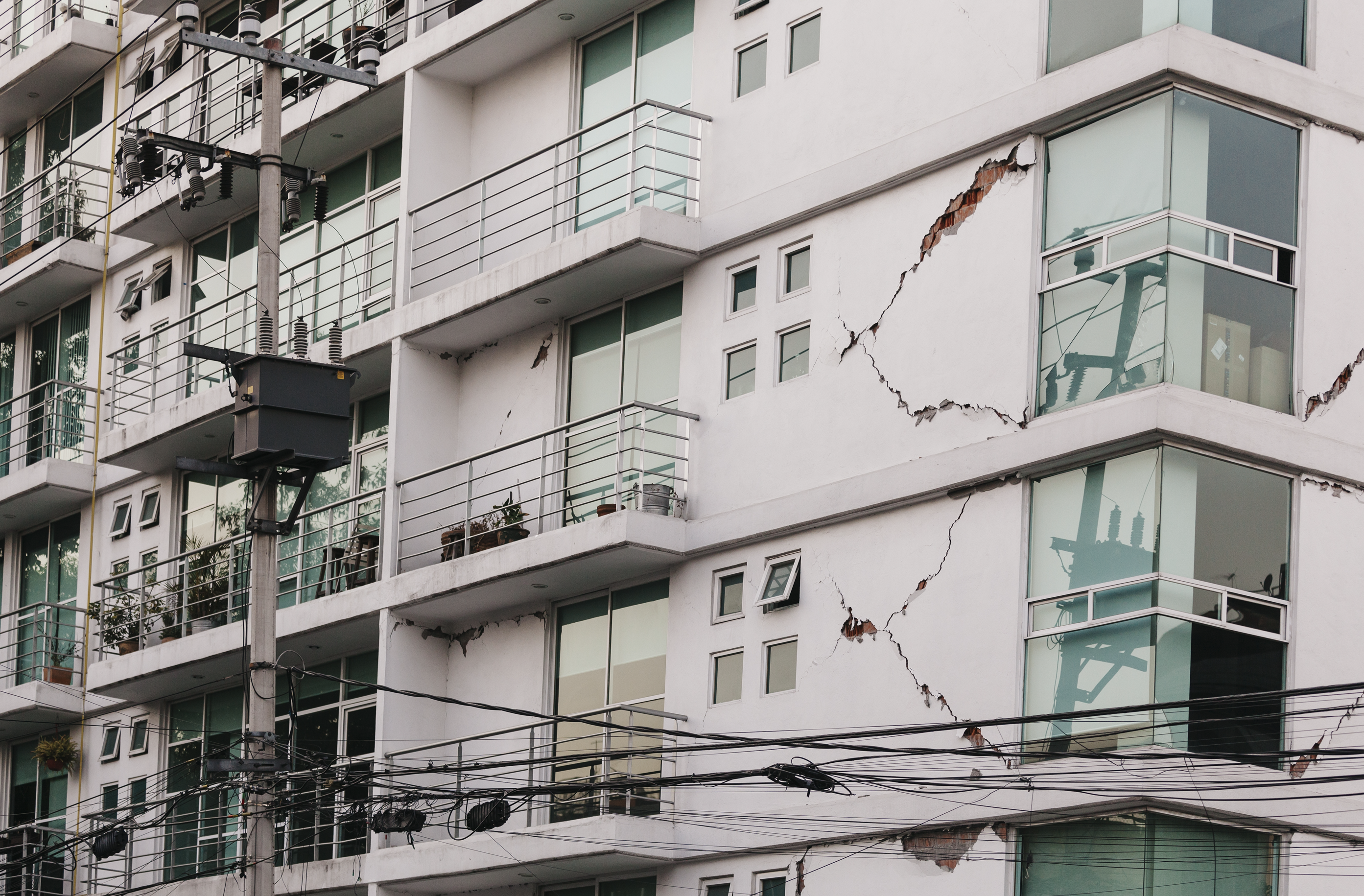By Leon Briggs, Head of property & national executive adjuster, Sedgwick Australia
The Mansfield earthquake in Victoria, Australia brought back a decade of memories dealing with hundreds of claims worth billions of dollars in Christchurch.
While Mansfield is not a similar crisis to Christchurch (New Zealand) or Newcastle (Australia), and no loss of life or serious injuries were reported, for the people in the area it was an unusual and unsettling event. It will take some time for the full extent of the damage to become apparent as more claims are submitted.
Addressing past challenges
One of the biggest concerns after Christchurch was the availability of expert resources, especially engineers. Structural damage will almost always require engineering design of the repair solution, but if insurers are required to demarcate earthquake damage from pre-existing damage, then this will further strain the capacity of expert resources. Whether alternatives to engineers are possible in some cases to lessen the demands on their capacity — such as utilizing building consultants — remains to be seen.
Navigating current obstacles
One of today’s challenges is that it is not yet clear how many claims will surface after the Mansfield earthquake: thousands or tens of thousands. Staying mindful in our design processes and keeping the promises that we make to our customers is important. We do not want a solution that works now and then fails in the days and weeks ahead if claim volumes increase.
What will be important to insurers in the early days will be accuracy of reserving. This is challenging for earthquakes, perhaps more than for any other loss type, as the extent of damage can be hidden. With a fire or storm, damage to the inner elements of a building (e.g. concrete walls) will be accompanied by corresponding damage to the exterior cladding or interior lining. A fire has to go through the cladding or lining to get to the internal framing. An earthquake, however, can damage the interior elements without always manifesting in the covering layers. Closer to the epicenter there might be damage to foundations, but these might not be visible if they are overlain with floor coverings or if sub-floor elements are damaged.
Leveraging the right resources
Sedgwick is calling on experienced executive adjusters and chartered structural engineers to impart knowledge and assist in reviews of damage assessments and reserves, where appropriate; effectively avoiding the need to reinvent the wheel. This will provide clients with more accurate reserves and advice on how to deal with specific technical issues. For more information on how Sedgwick can efficiently manage your major and complex insurance claims, visit our website.

